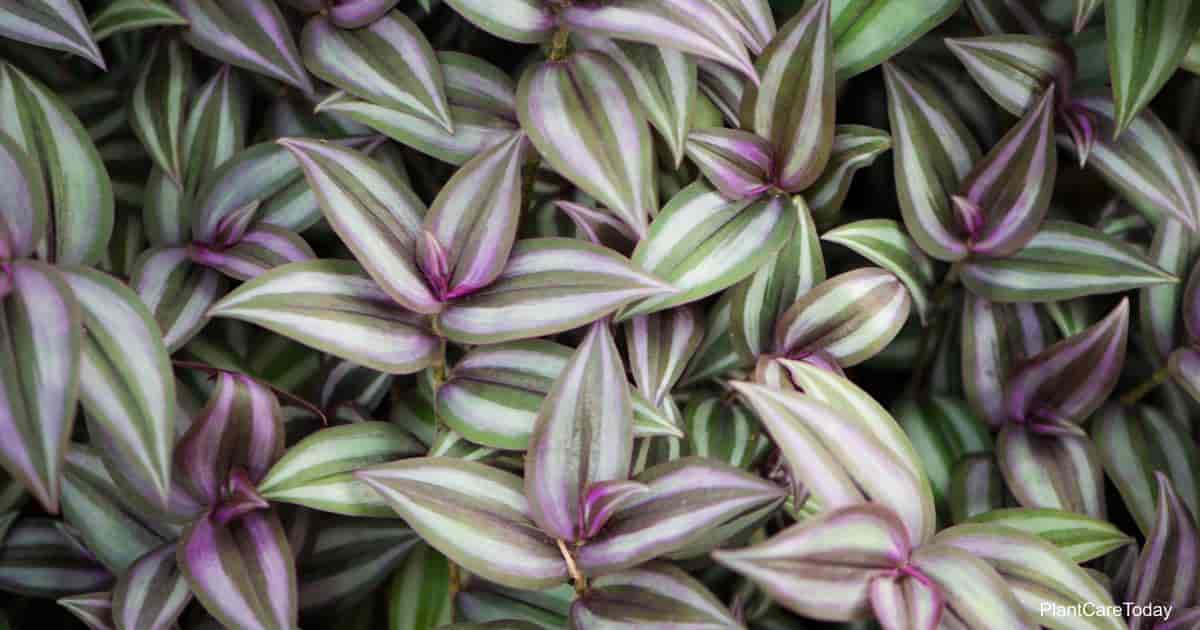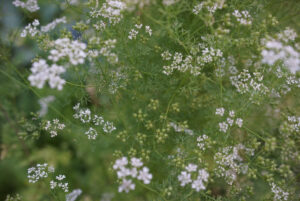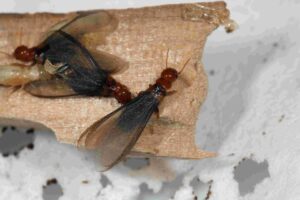
The Wandering Jew plant, a botanical marvel appreciated for its vibrant foliage and resilience, has garnered increasing attention as a popular houseplant. However, amidst its aesthetic allure lies a potential hazard for our beloved canine companions. As pet owners, understanding the toxicity of this plant to dogs becomes paramount to safeguarding their well-being.
I. Introduction
The Wandering Jew plant, formally known as Tradescantia zebrina, belongs to the Commelinaceae family. Its distinctive foliage, characterized by bold stripes of purple and green, has made it a sought-after addition to indoor spaces. Despite its visual appeal, concerns linger regarding its impact on canine health.
II. Understanding the Wandering Jew Plant
A. Taxonomy and botanical characteristics
1. Genus and species
The Wandering Jew plant is classified under the genus Tradescantia and species zebrina, denoting its lineage within the botanical world.
2. Physical appearance
Its elongated leaves, adorned with striking patterns of purple and silver, contribute to its ornamental value, distinguishing it from other houseplants.
3. Common varieties
While Tradescantia zebrina remains the quintessential species, variations in leaf coloration and size offer enthusiasts a diverse array of cultivars to choose from.
B. Growth habits and preferred environments
1. Ideal growing conditions
Thriving in moderate temperatures and indirect sunlight, the Wandering Jew plant flourishes in well-drained soil, requiring occasional watering to maintain moisture levels.
2. Propagation methods
Propagation via stem cuttings presents an accessible means of expanding one’s collection, with new plants readily emerging from submerged nodes.
3. Maintenance requirements
Routine pruning and removal of spent foliage promote healthy growth, ensuring the plant’s vitality within indoor settings.
III. Toxicity of the Wandering Jew Plant to Dogs
A. Identification of toxic components
1. Specific toxins present
Oxalates, naturally occurring compounds found in various plant species, constitute the primary toxic agent within the Wandering Jew plant, posing a risk upon ingestion.
2. Parts of the plant containing toxins
Both leaves and stems harbor concentrated levels of oxalates, necessitating caution in handling and placement within pet-accessible areas.
B. Symptoms of poisoning in dogs
1. Common signs of ingestion
Symptoms of toxicity may manifest as gastrointestinal distress, including vomiting, diarrhea, and oral irritation, indicative of the plant’s adverse effects on canine physiology.
2. Severity of symptoms
While mild cases may resolve with supportive care, severe instances of ingestion can precipitate renal complications, warranting immediate intervention to mitigate potential harm.
C. Veterinary treatment and prognosis
1. Recommended actions for suspected poisoning
Timely consultation with a veterinary professional is imperative, facilitating diagnostic assessment and tailored treatment modalities to address the extent of toxicity.
2. Potential outcomes for affected dogs
Prognosis hinges upon the promptness of intervention and the severity of symptoms, underscoring the significance of proactive measures in safeguarding canine welfare.
IV. Preventative Measures and Safety Tips
A. Pet-proofing your living space
1. Placement considerations for Wandering Jew plants
Strategically positioning plants out of reach from curious pets mitigates the risk of accidental ingestion, minimizing potential health hazards.
2. Alternatives to toxic plants
Exploring pet-friendly alternatives ensures a harmonious coexistence between indoor greenery and furry companions, fostering a conducive environment for all occupants.
B. Training and supervision
1. Educating pet owners about plant toxicity
Heightened awareness of common household toxins empowers pet owners to make informed decisions regarding plant selection and placement, preempting potential hazards.
2. Monitoring pets’ behavior around plants
Observing and redirecting pet behavior around plants reinforces boundaries, cultivating a safe living environment conducive to both pet and plant welfare.
C. Emergency preparedness
1. Creating a plan for pet emergencies
Establishing a comprehensive emergency protocol equips pet owners with the necessary resources and contacts to address unforeseen circumstances, ensuring timely intervention in critical situations.
2. Contacting veterinary professionals
Prioritizing direct communication with veterinary professionals facilitates expedited care and guidance in instances of suspected toxicity, fostering a proactive approach to pet health management.
V. Conclusion
In conclusion, the allure of the Wandering Jew plant as a decorative accent must be tempered with vigilance and responsibility, particularly in households with canine companions. By familiarizing oneself with the plant’s toxicity and implementing prudent preventative measures, pet owners can mitigate potential risks and cultivate a safe environment conducive to pet well-being. Awareness, coupled with proactive measures, serves as the cornerstone of responsible pet ownership, fostering a harmonious coexistence between plants and pets within our homes.


